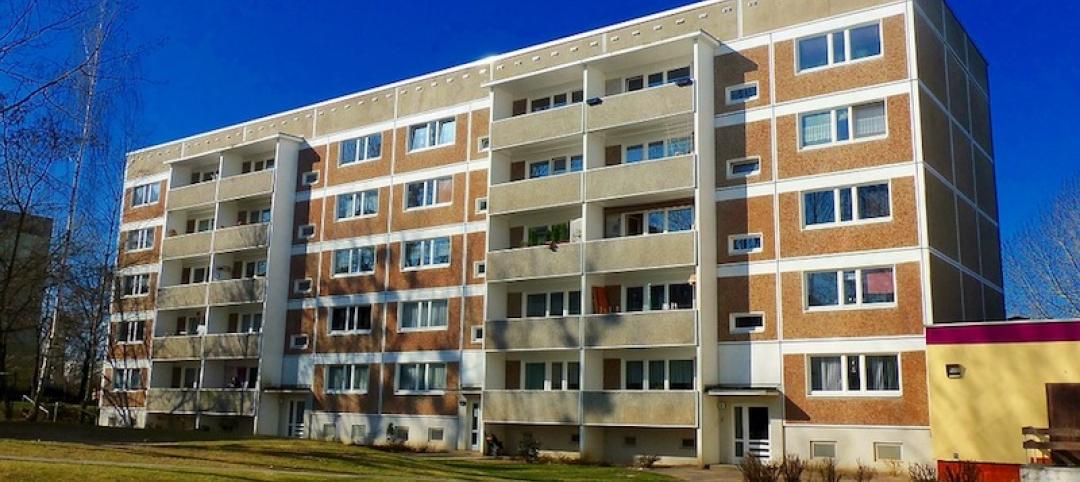Construction employment climbed by 110,000 in March as the industry recovered from severe winter weather that pushed employment down by 56,000 in February, according to an analysis by the Associated General Contractors of America of government data released today. Association officials said they were encouraged by the recent job gains and the potential for new infrastructure investments. But they cautioned that rising prices and erratic delivery schedules for key construction materials—as documented in their recent Construction Inflation Alert–and continued project cancellations could undermine the sector’s recovery.
“The rebound in March is certainly good news, but contractors face growing challenges that imperil further growth in nonresidential employment,” said Ken Simonson, the association’s chief economist. “In fact, industry job gains in the first quarter of 2021 as a whole have slowed sharply from the second half of 2020.”
Construction employment in March totaled 7,466,000, which was 182,000 employees or 2.4% below the most recent peak in February 2020. Over the past three months, the industry added 66,000 jobs, an average of 22,000 per month. In contrast, construction employment increased more than three times as fast from June to December last year, with an average gain of 76,000 jobs per month, the economist noted.
Nonresidential construction is experiencing headwinds from postponed and canceled projects, steep increases in materials costs, and lengthening delivery times. Simonson pointed out that the nonresidential sector—comprising nonresidential building, specialty trades, and heavy and civil engineering contractors—remains 231,000 jobs or 4.9% shy of the pre-pandemic peak set in February 2020, whereas employment among residential building and specialty trade contractors is 49,000 or 1.6% above the February level.
Unemployment in construction remains elevated. A total of 835,000 former construction workers were unemployed in March, up from 658,000 a year earlier and the highest for March since 2014. The industry’s unemployment rate in March was 8.6%, compared to 6.9% in March 2020.
Association officials said the best way to ensure continued construction job gains was for Congress to act on the President’s infrastructure funding recommendations without the tax and regulatory additions that would imperil broader economic growth. They also continued to call for the removal of tariffs on key construction materials and federal measures to address port and shipping backups.
“It will take more than nice weather for the construction industry to keep adding jobs this year,” said Stephen E. Sandherr, the association’s chief executive officer. “Investing in infrastructure, avoiding needless new regulations and counterproductive tax hikes, and fixing the supply chain will help the industry create many more high-paying construction career opportunities over the coming months.”
View the Construction Inflation Alert.
Related Stories
Codes and Standards | Jan 8, 2019
Pittsburgh launches task force on construction industry fraud
Focus will be on wage violations.
Codes and Standards | Jan 7, 2019
Program uses low-cost sensors to monitor impact of stormwater mitigation systems
University/municipal partnership in Philadelphia aims to improve green infrastructure design.
Codes and Standards | Jan 7, 2019
Washington, D.C., to transition to 100% renewable energy by 2032
Includes measures to reduce emissions from buildings and transportation.
Codes and Standards | Jan 4, 2019
Canada’s National Building Code will include climate change obligations
New durability requirements for new buildings in the works.
Codes and Standards | Jan 4, 2019
LEED v4.1 beta registration begins in January
First releases are O+M, BD+C, and ID+C.
Codes and Standards | Jan 3, 2019
U.S. Appeals Court says general contractors can be cited for subcontractor violations
Ruling will prompt review of OSH decision that said GCs cannot be held liable for subs’ violations.
Codes and Standards | Jan 3, 2019
Tall mass timber code changes receive final approval
New provisions to be included in the 2021 International Building Code.
Codes and Standards | Jan 2, 2019
ASHRAE’s Low-Rise Residential Buildings standard update now available
Performance measures are at least 50% more efficient than 2006 IECC.
Codes and Standards | Jan 2, 2019
Study compares labor hours for various low-slope roofing options
Type of roof covering, project parameters, tool management, and crew efficiency all impact profitability.
Codes and Standards | Dec 20, 2018
New York’s ‘Scaffold Law’ under fire for driving up project costs
Lawmakers under pressure to reform law that makes contractors 100% liable for work-site injuries.

















